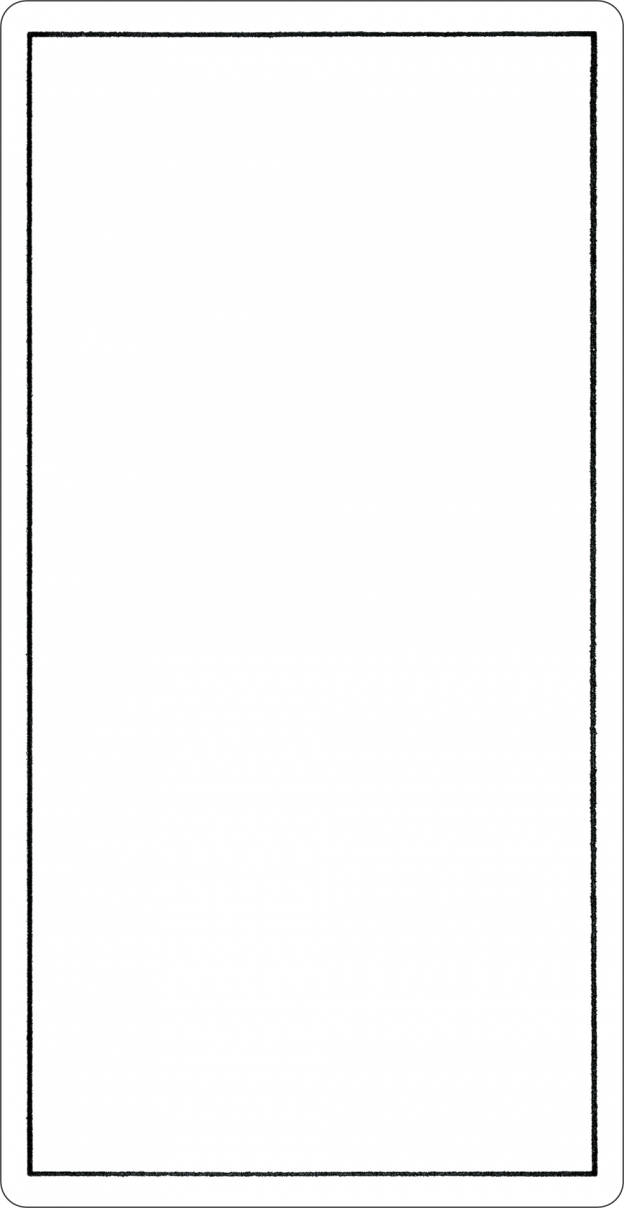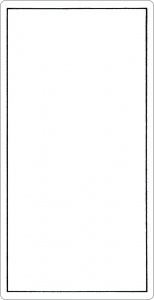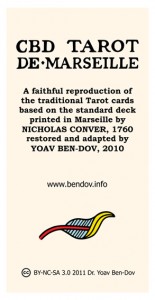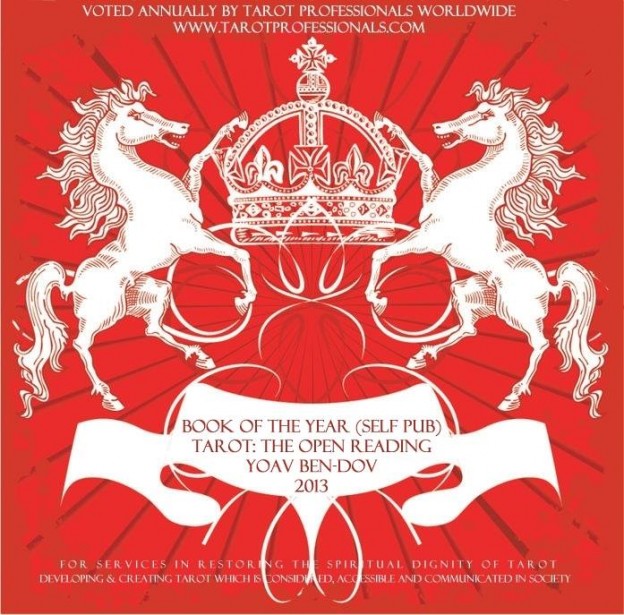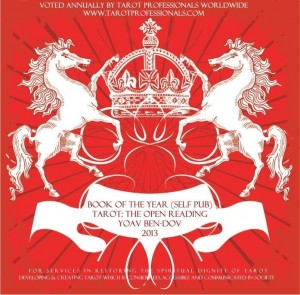Order and Chaos in the Tarot Cards
Scientists today speak of the phenomena of life as existing “on the edge of chaos,” a sort of intermediate region between chaos and order. The perfect order is expressed by a solid crystal where everything is well-ordered and fixed. It has no potential for movement, and thus no place for life. Total chaos is expressed by smoke which has no stable shape. Here too there can be no life, because every structure would quickly dissipate. Biological and social life processes take place somewhere in between the crystal and the smoke. They are characterized by a certain degree of order and stability, but also by creative unpredictability and an occasional collapse of ordered structures.
We can see such a mixture of order and chaos all around us – in biological systems, in society, and in our personal life. To capture the complex interplay of chaos and order in life, the Tarot cards also have to express it in their design. In my view, the sophisticated balance between order and chaos is an essential feature of the Tarot de Marseille, and especially of the Conver deck. Therefore, while many new Tarot decks (Both Marseille and English school) have tried to discipline the cards and to make them more orderly, when restoring the CBD Tarot de Marseille I tried to preserve as much as I could the original balance between order and chaos.
The main expression of order in the Tarot deck is the structure of the suits, and especially the fourfold regular pattern of the minor suits. Chaos, on the other hand, is mostly expressed in the card images, and especially in the irregularities and “gliches” of the Tarot de Marseille illustrations. Looking more closely, we can say that in the major suit the chaos element is more dominant, as it is expressed also in the card sequence and titles. On the other hand, the regular structure of the minor suits makes them more ordered and less chaotic. This is felt most strongly in the repetitive design of the number cards.
You can read more about order and chaos in the major suit in this section from my book Tarot – The Open Reading. Also, in this book section I discuss the idea of order and chaos in the court cards. As you can read there, the court cards present their own mixture: order in the table structure (four ranks by four suits), and chaos in the irregular images and titles.
Ace of Cups:symmetric (order) on first impression,
asymmetric (chaos) on a closer look

